To do optics experiments you need a way to hold the components (lenses, lasers, gratings, and whatnot) at a particular height and particular orientation. For example, a laser holder will need a way to adjust the "aim" of the laser up/down and left/right so that the beam lines up with the optical axis of the other components.
Commercial holders are usually complex and expensive.
Having made the kit, collecting lenses and other components is easy.
Glass lenses are pretty-much everywhere, and are easy to come by. You can often find great deals on Craigslist, yard sales, eBay, and surplus houses - often for free.
My friends and family know that I'm collecting lenses, so everyone keeps giving me their old camcorders, slide projectors, telescopes, and binoculars. I saw the barrels apart on the bandsaw and use the lenses in my kit.
I'm now drowning in lenses.
Although inexpensive, the system can be used for a variety of interesting and subtle optical setups, such as:
- Laser Interferometry
- Design and development of different lens systems
- Measure the speed of light
- Faraday effect
- Measurements of lens type and focal point
- Measuring specific rotation of organic substances
| For example, here's the system set up as an interferometer. This works well enough even on a wooden table in a noisy room - it's easy to get interference fringes, and takes about 5 minutes to set up and get everything aligned. |
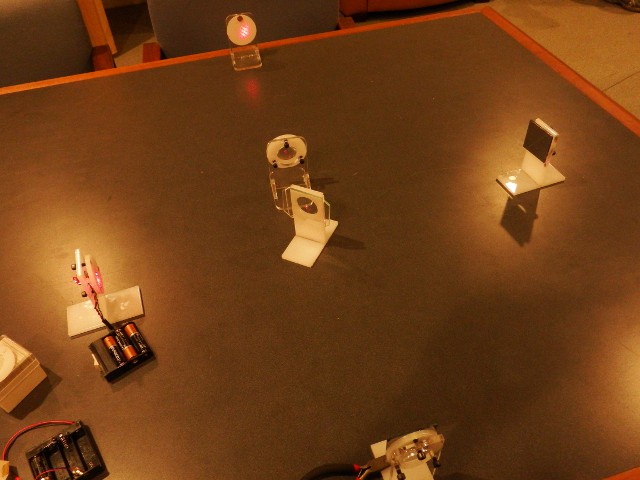
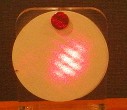
|
| If one of the mirrors is mounted on a piezoelectric disk, adjusting the voltage on the disk will cause the fringes to move in accordance with the distance. (This mirror has a magnet glued to it's back, and an unglued magnet on the back of the piezo keeps the mirror in place.) Our demo video shows the fringes... |
 Peter Walsh
Peter Walsh
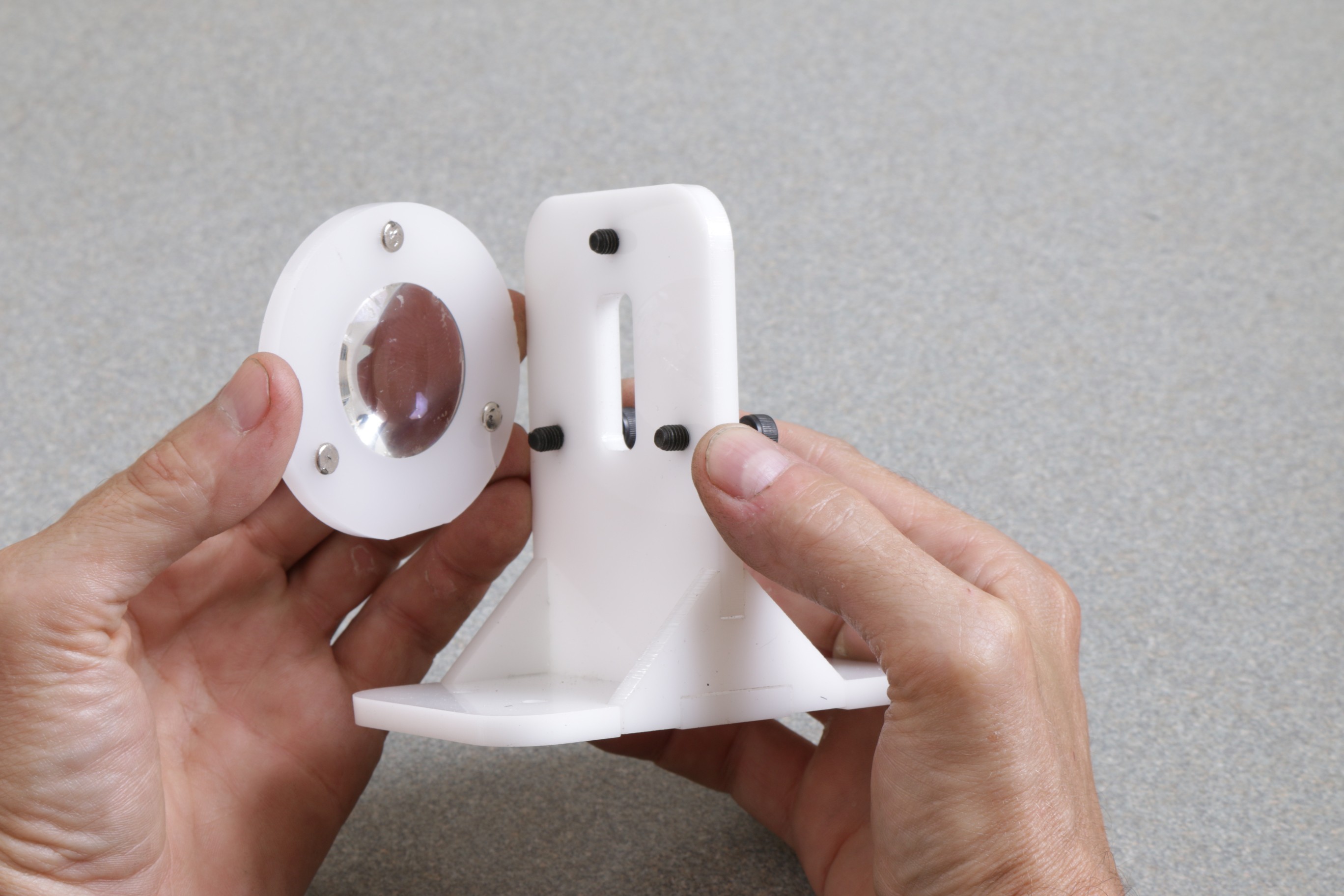
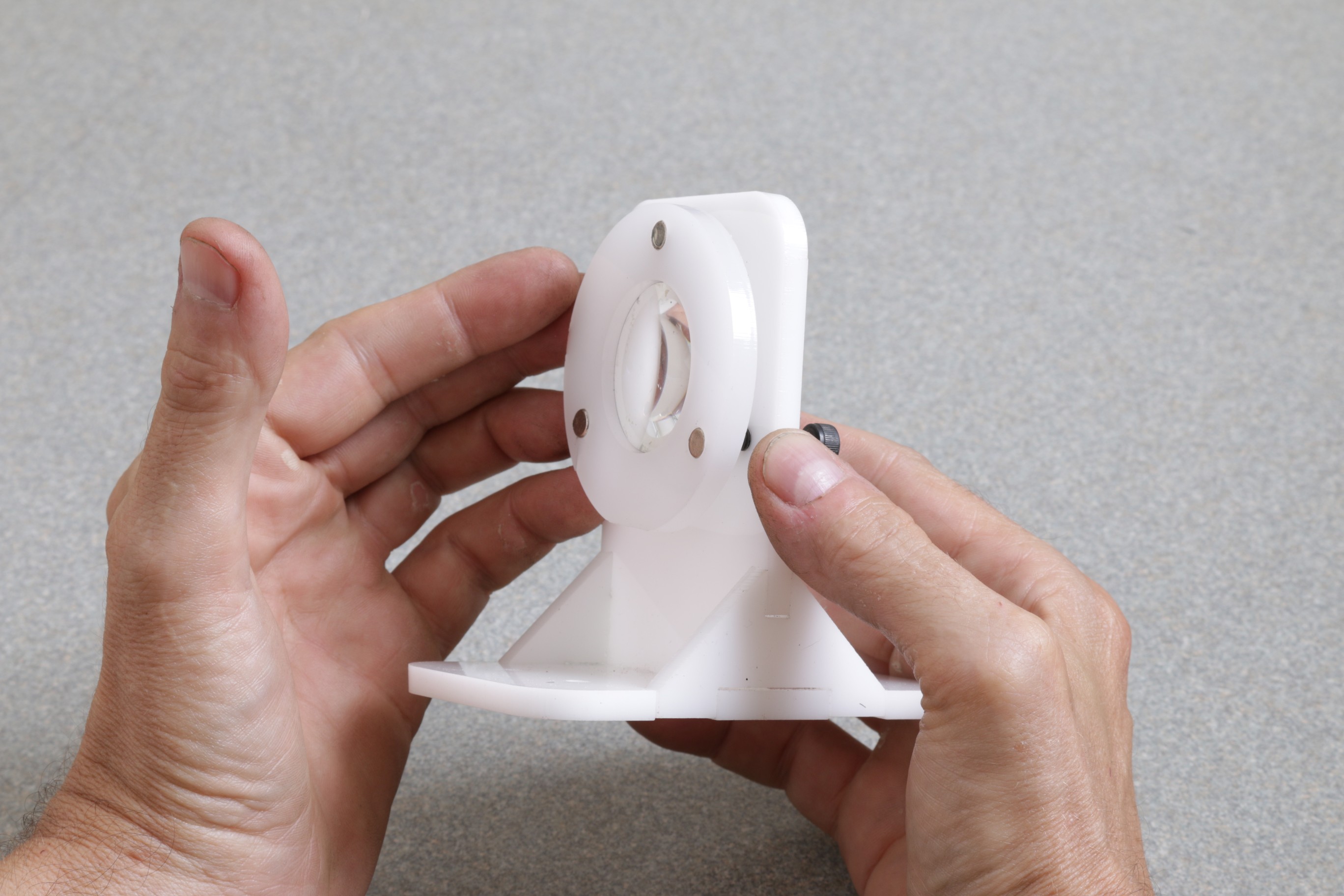
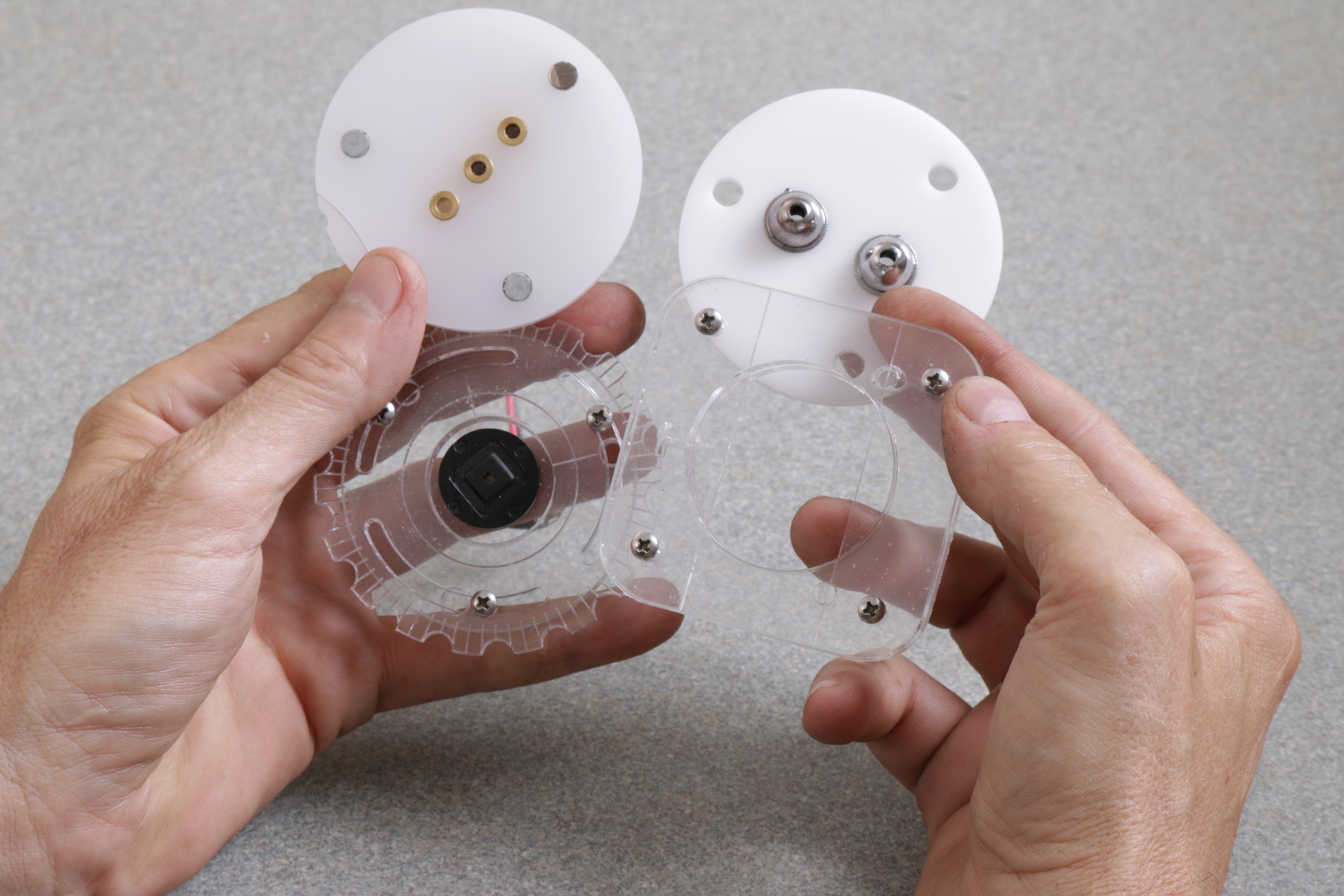
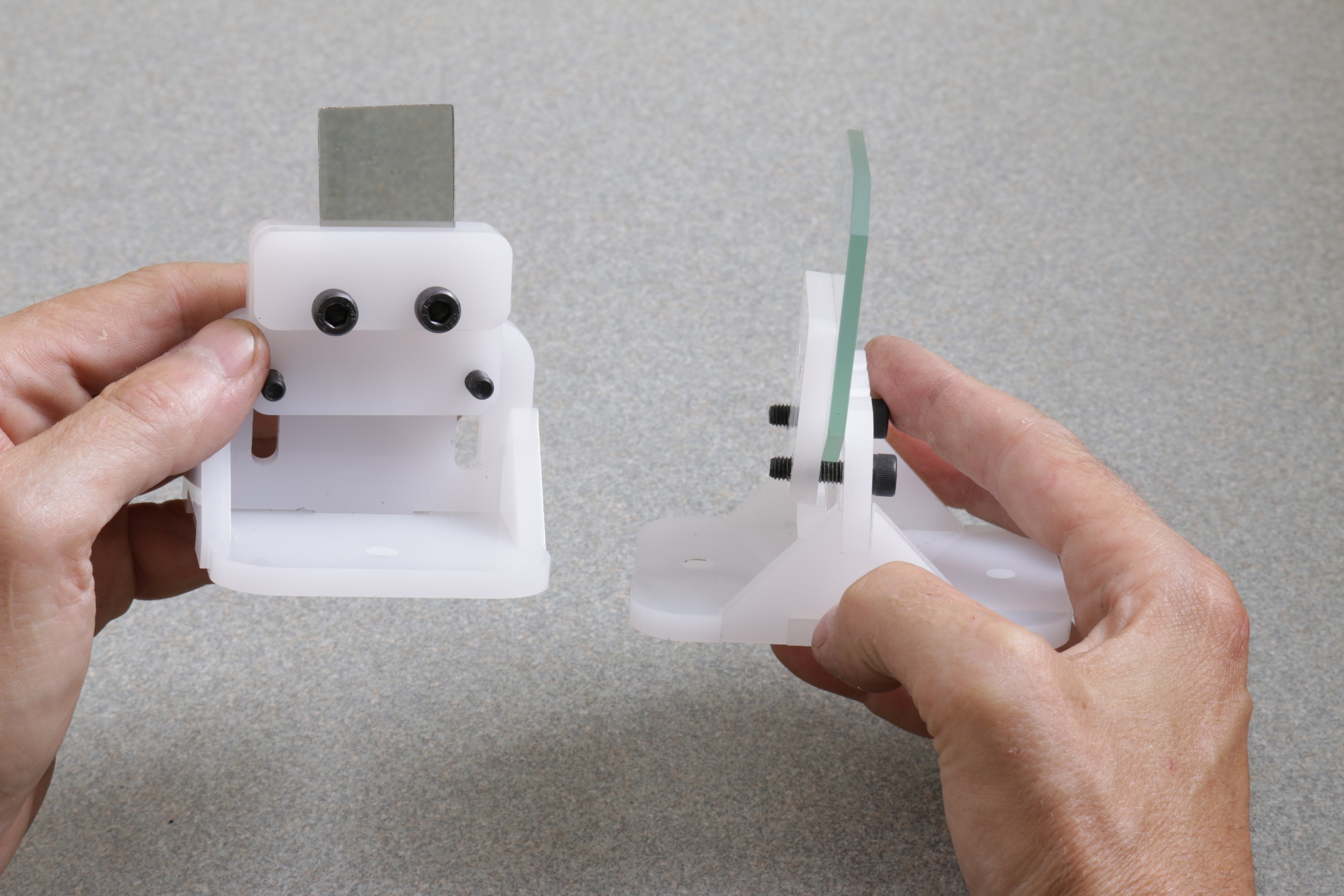
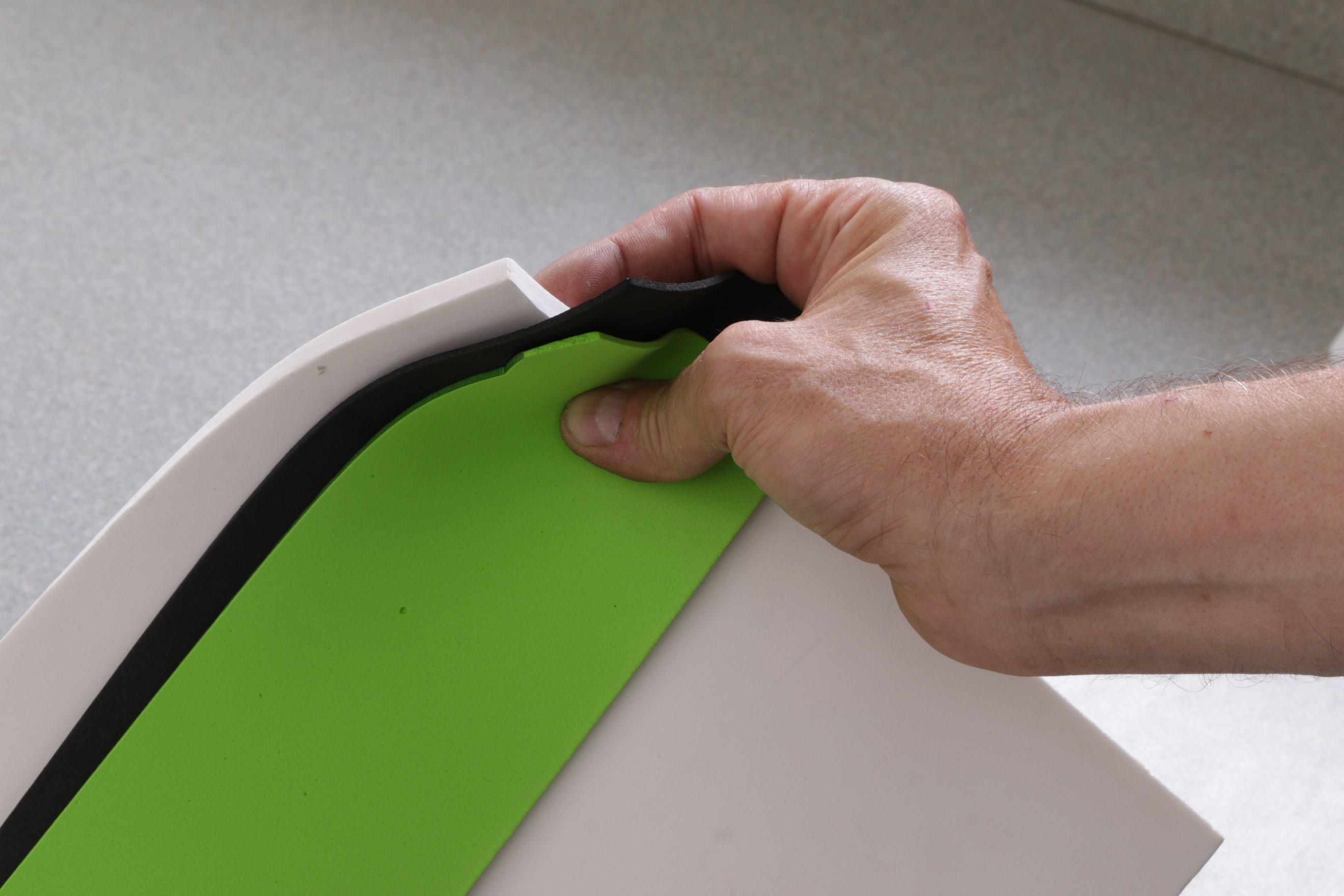
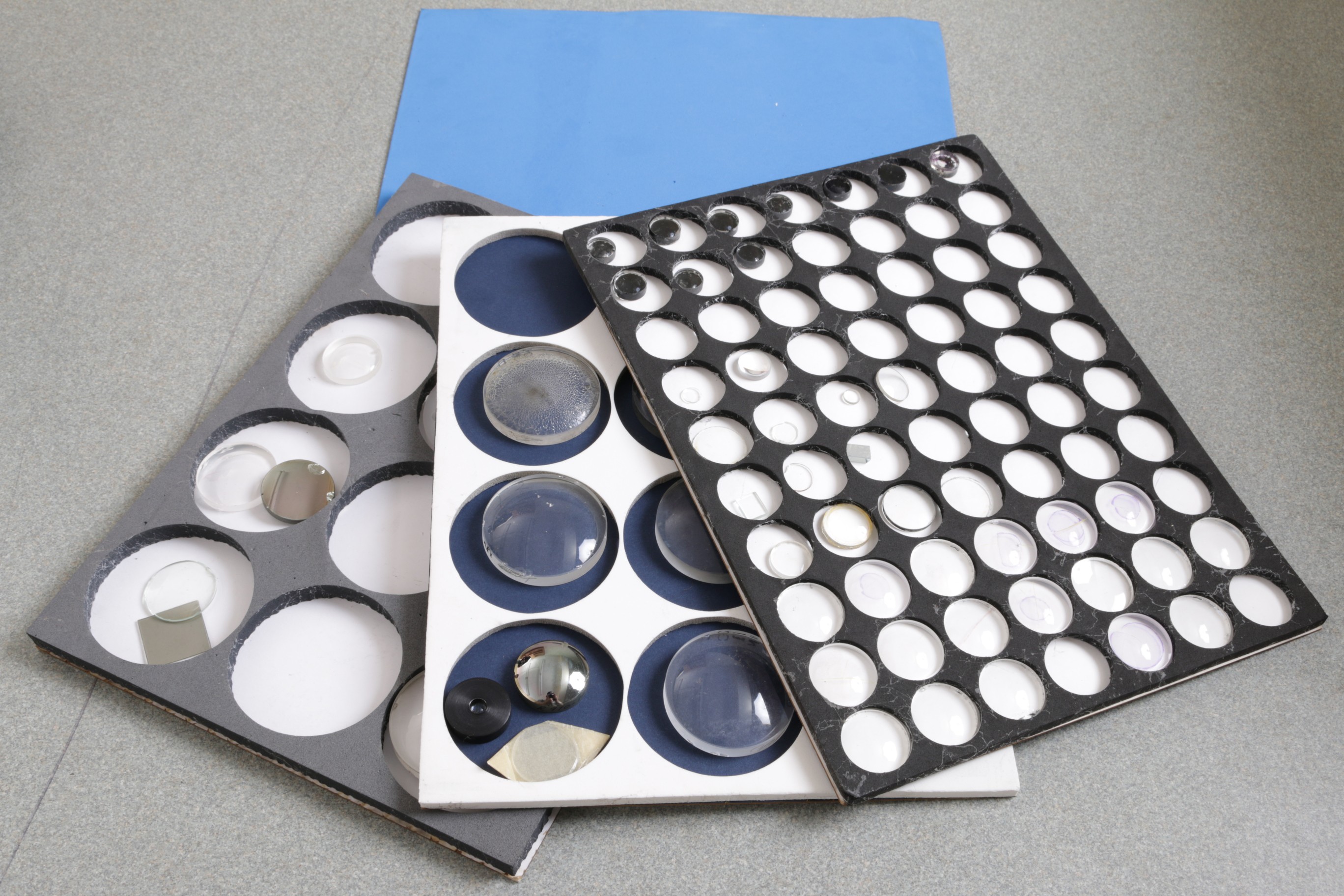
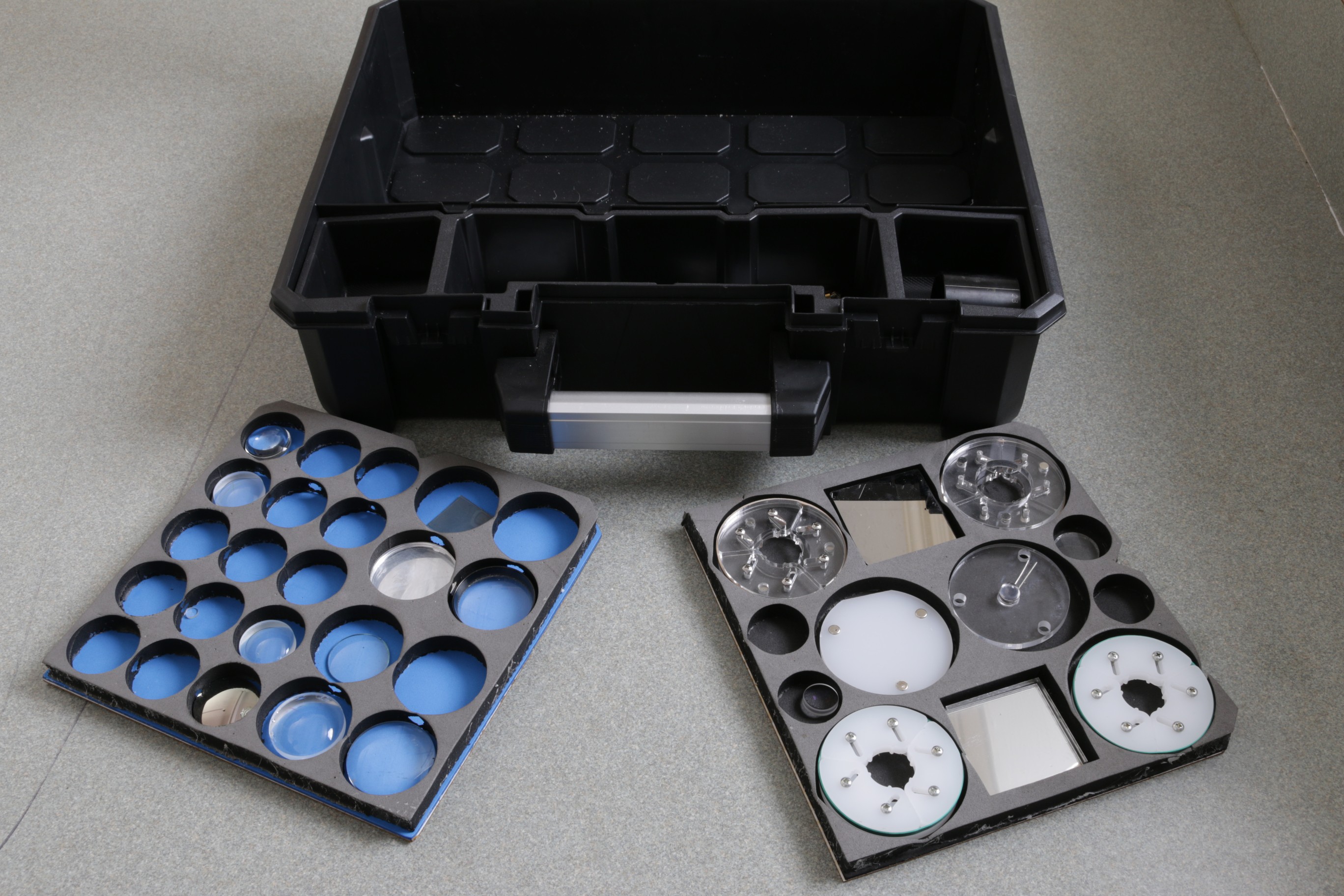
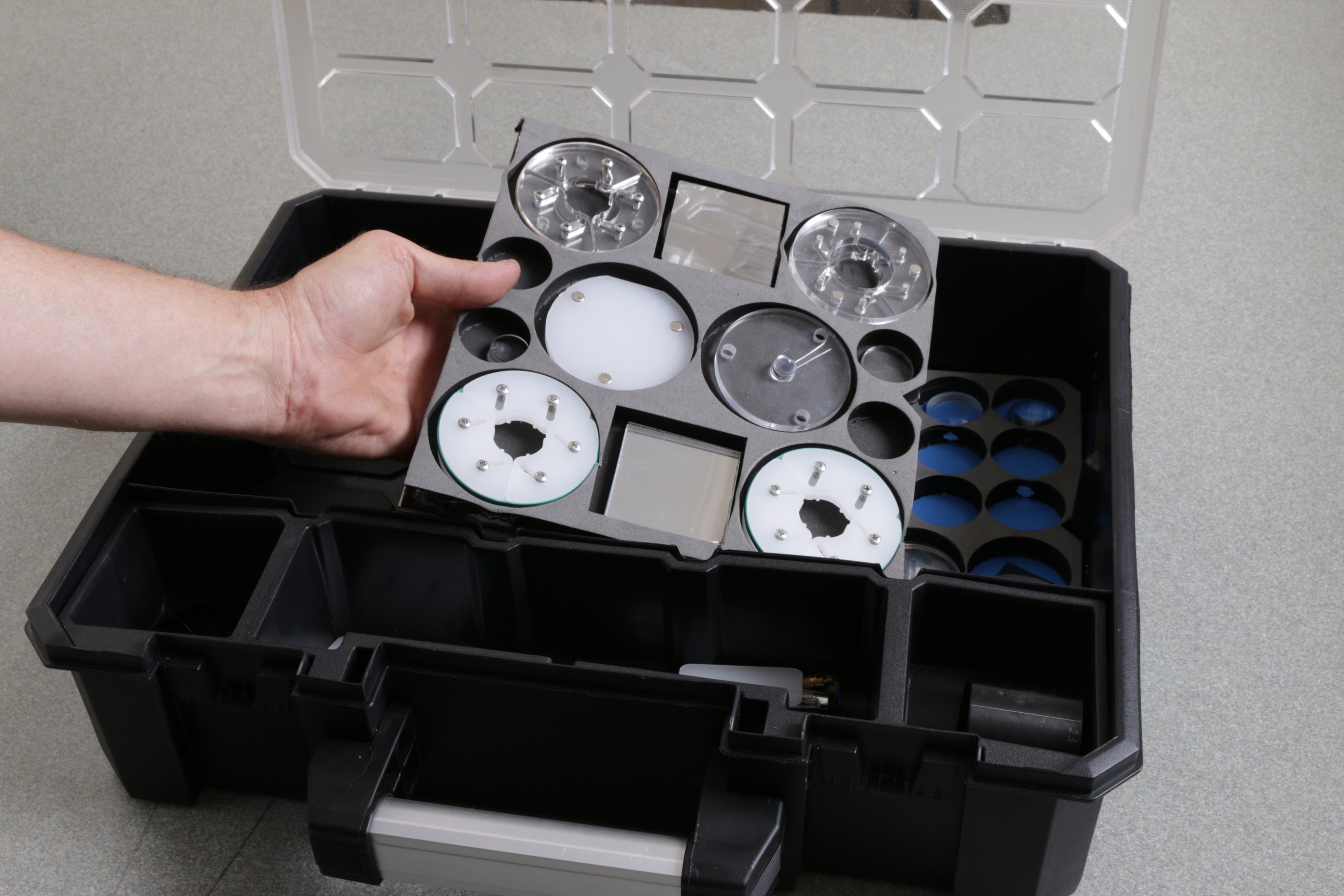
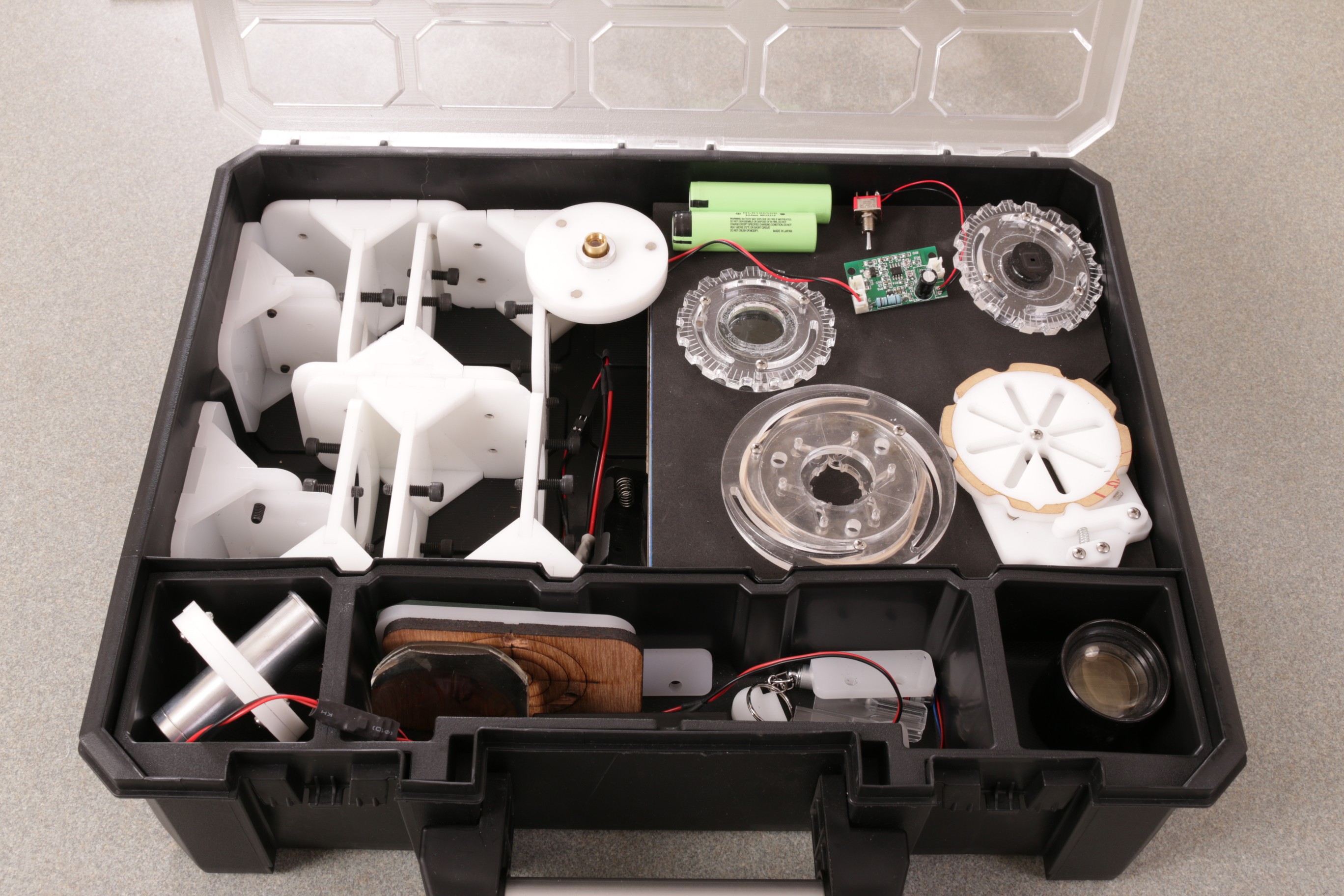
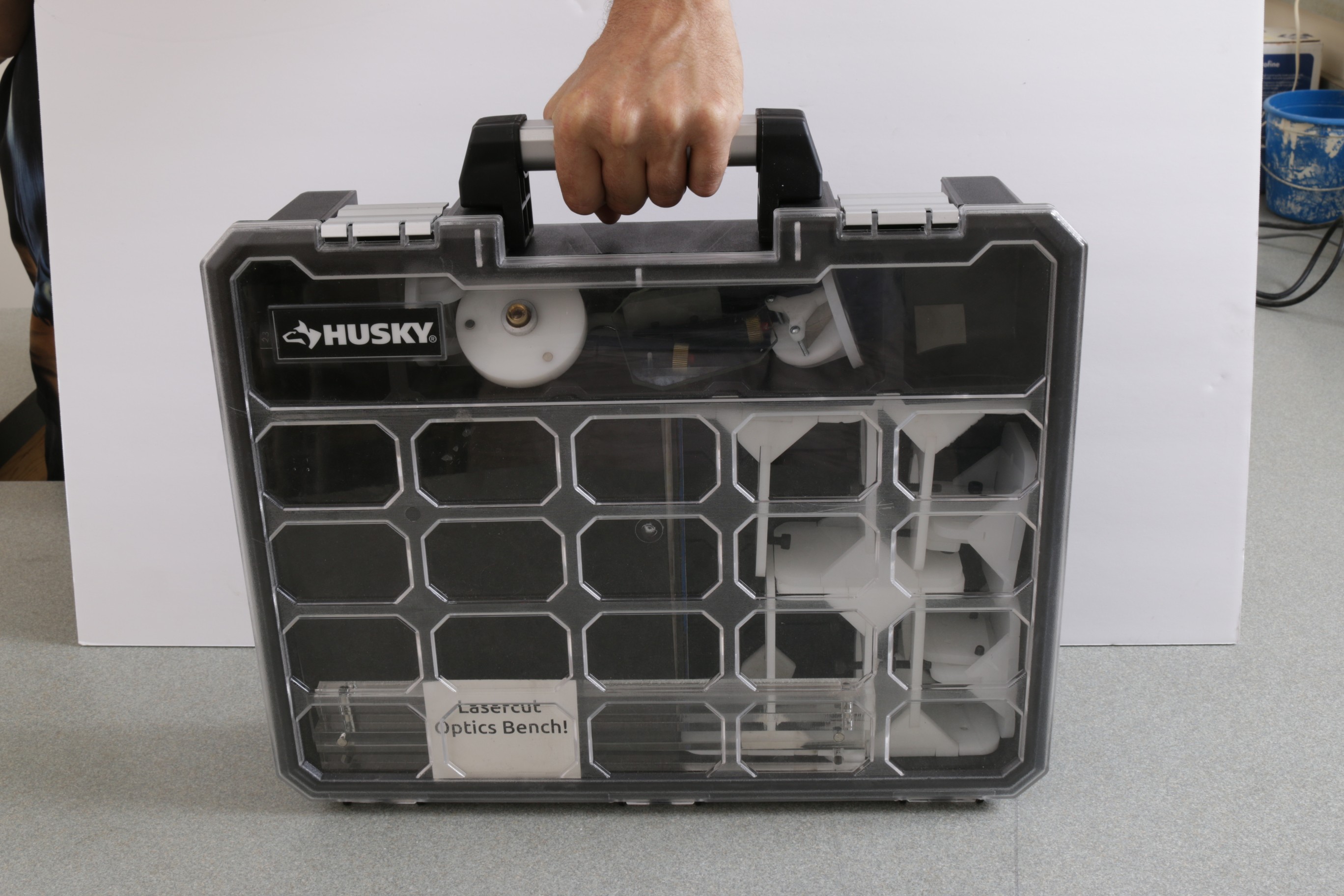



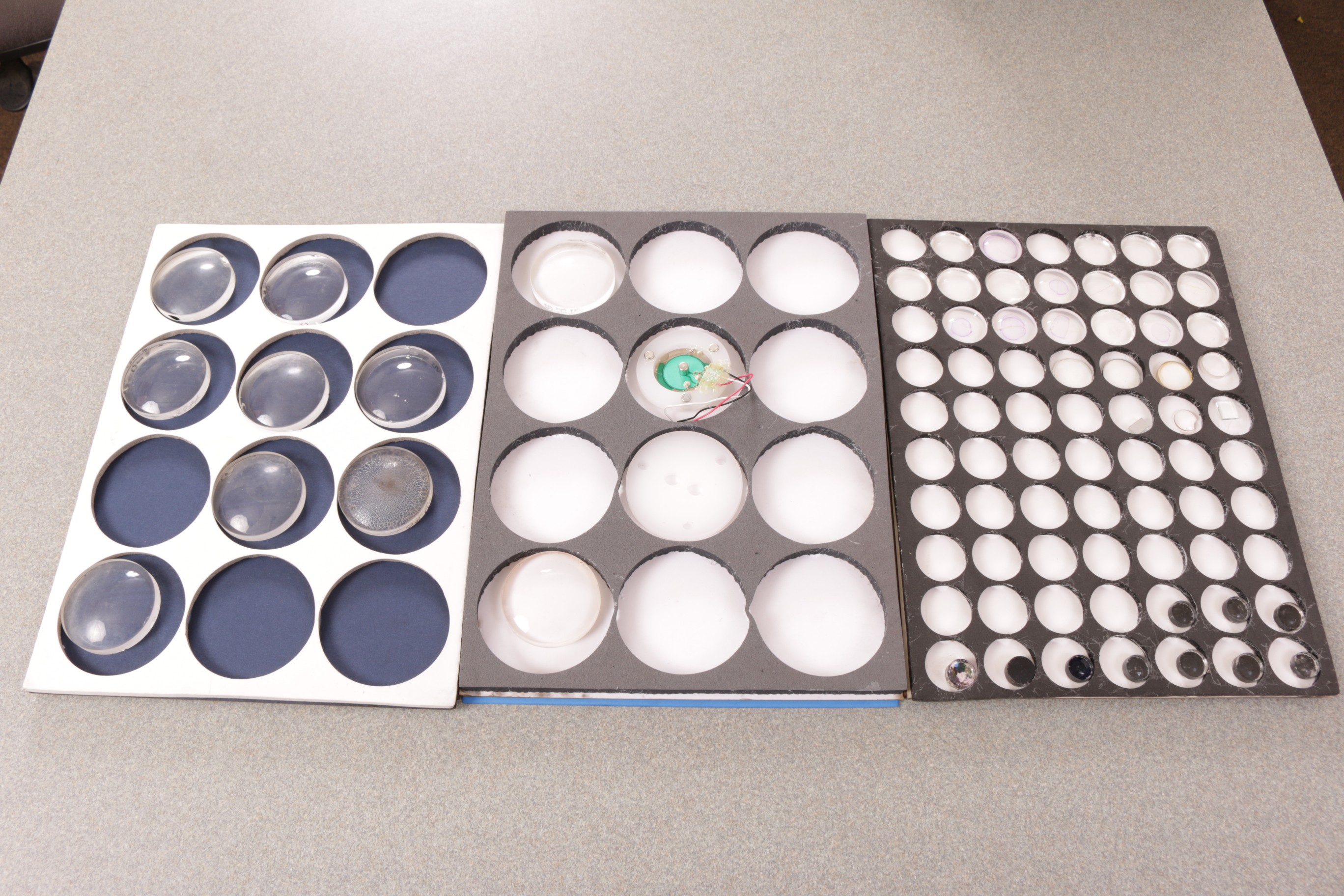
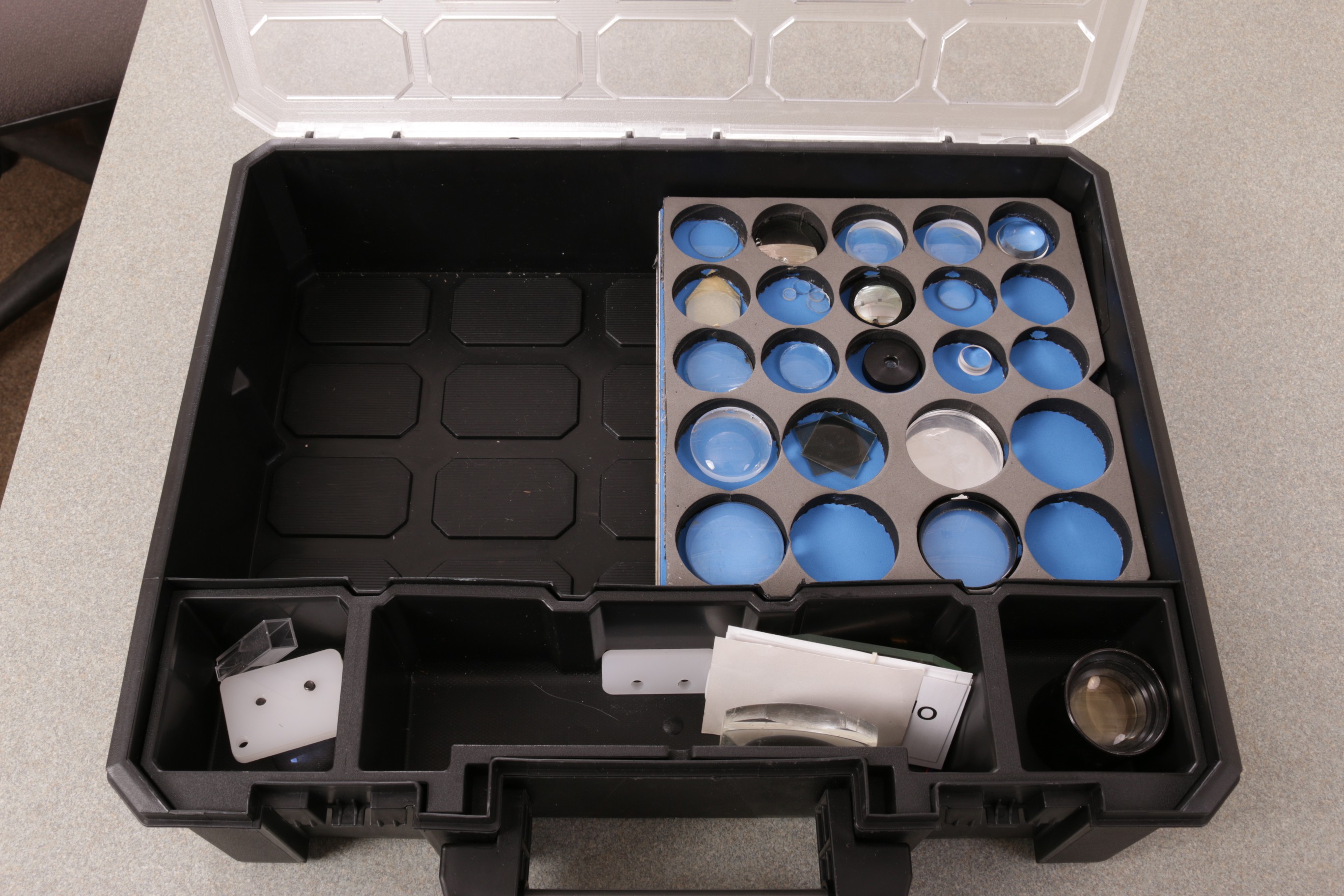
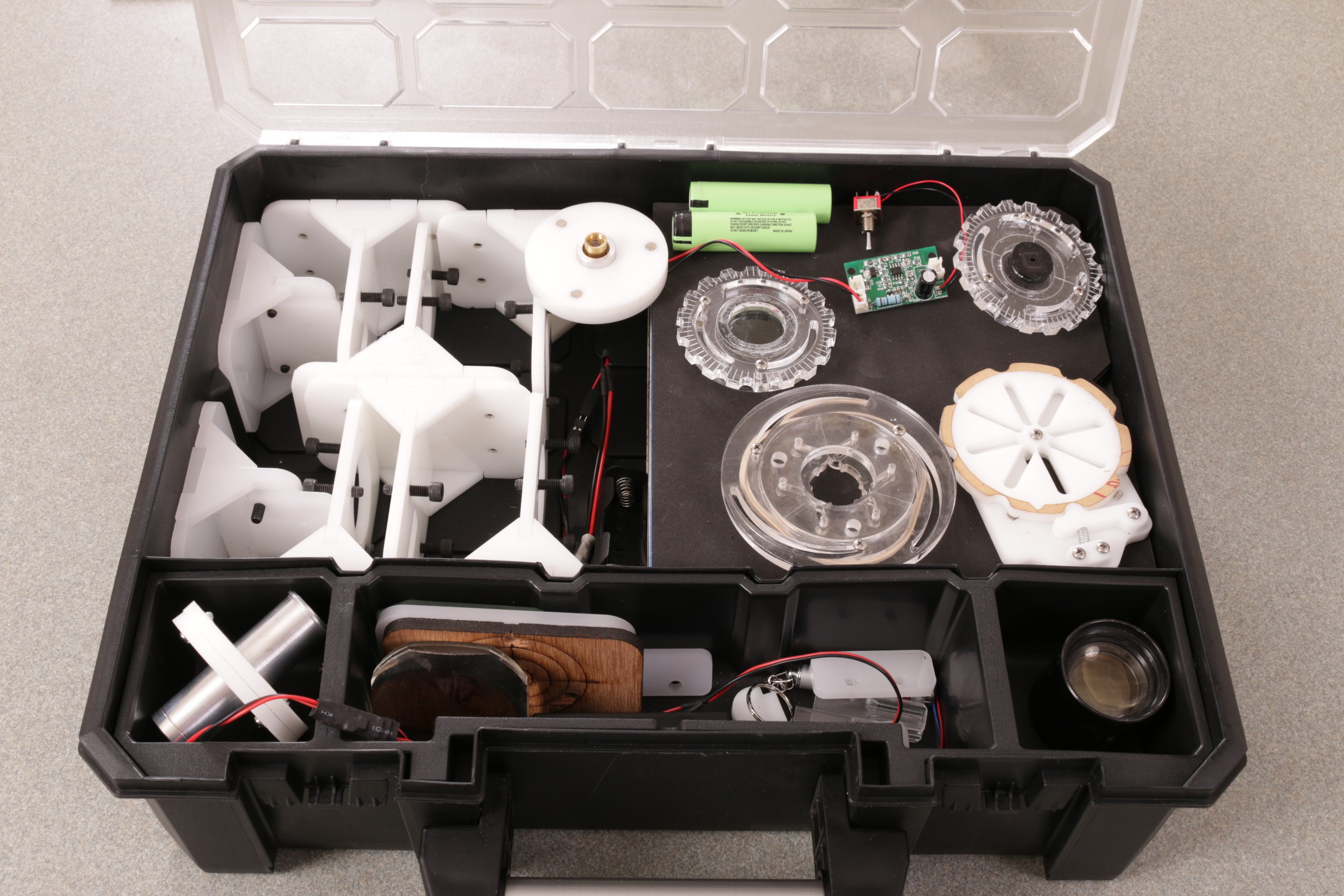
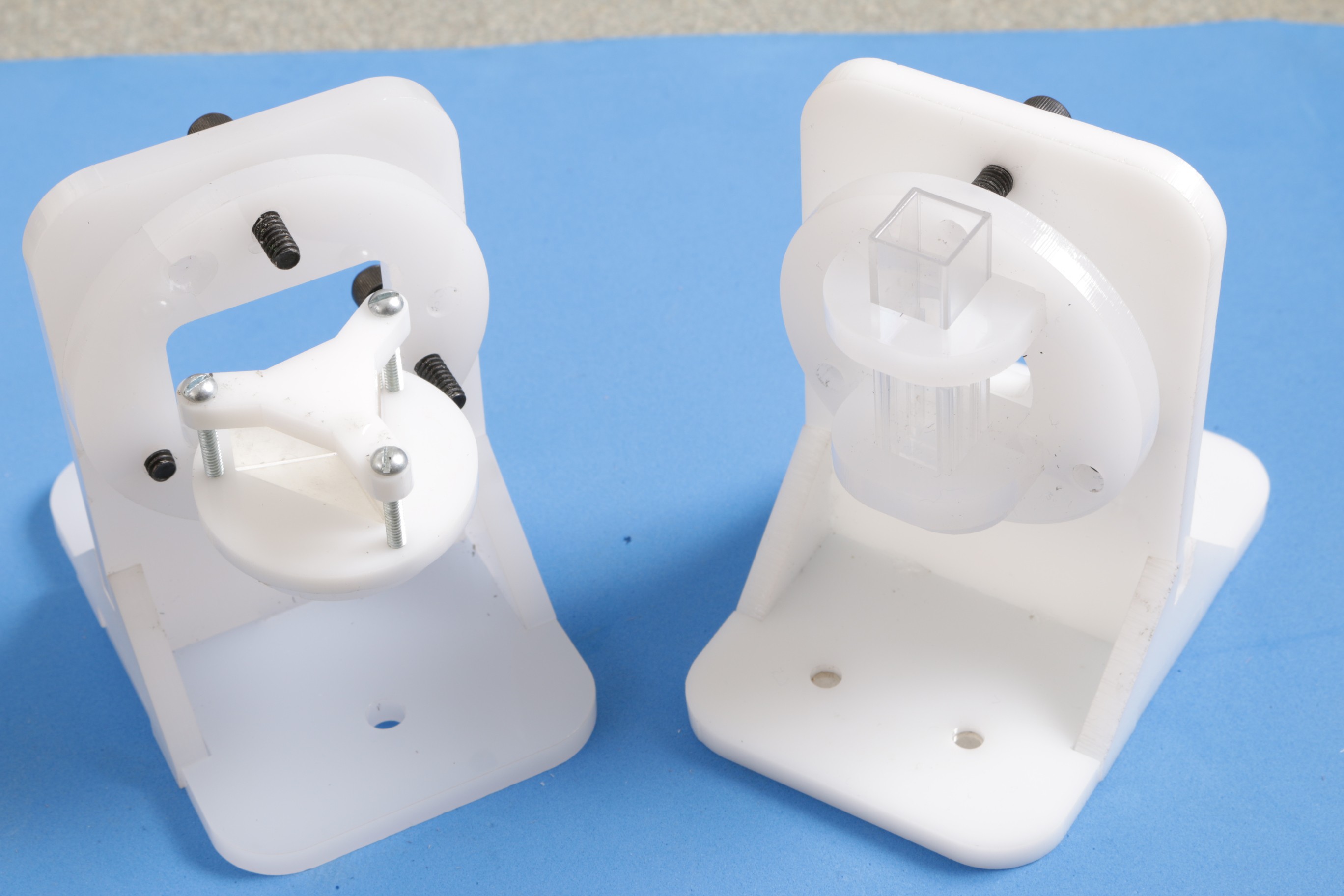
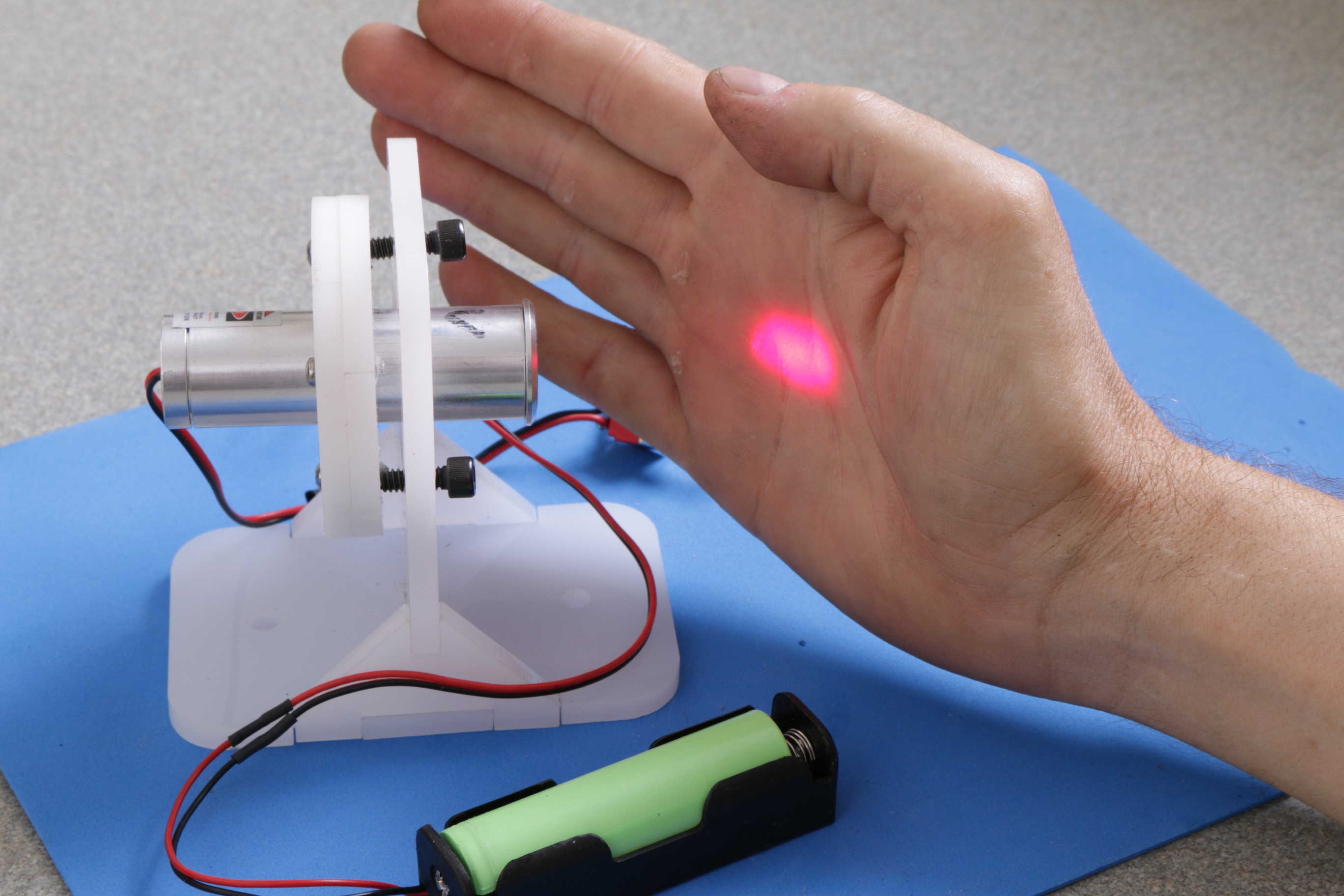
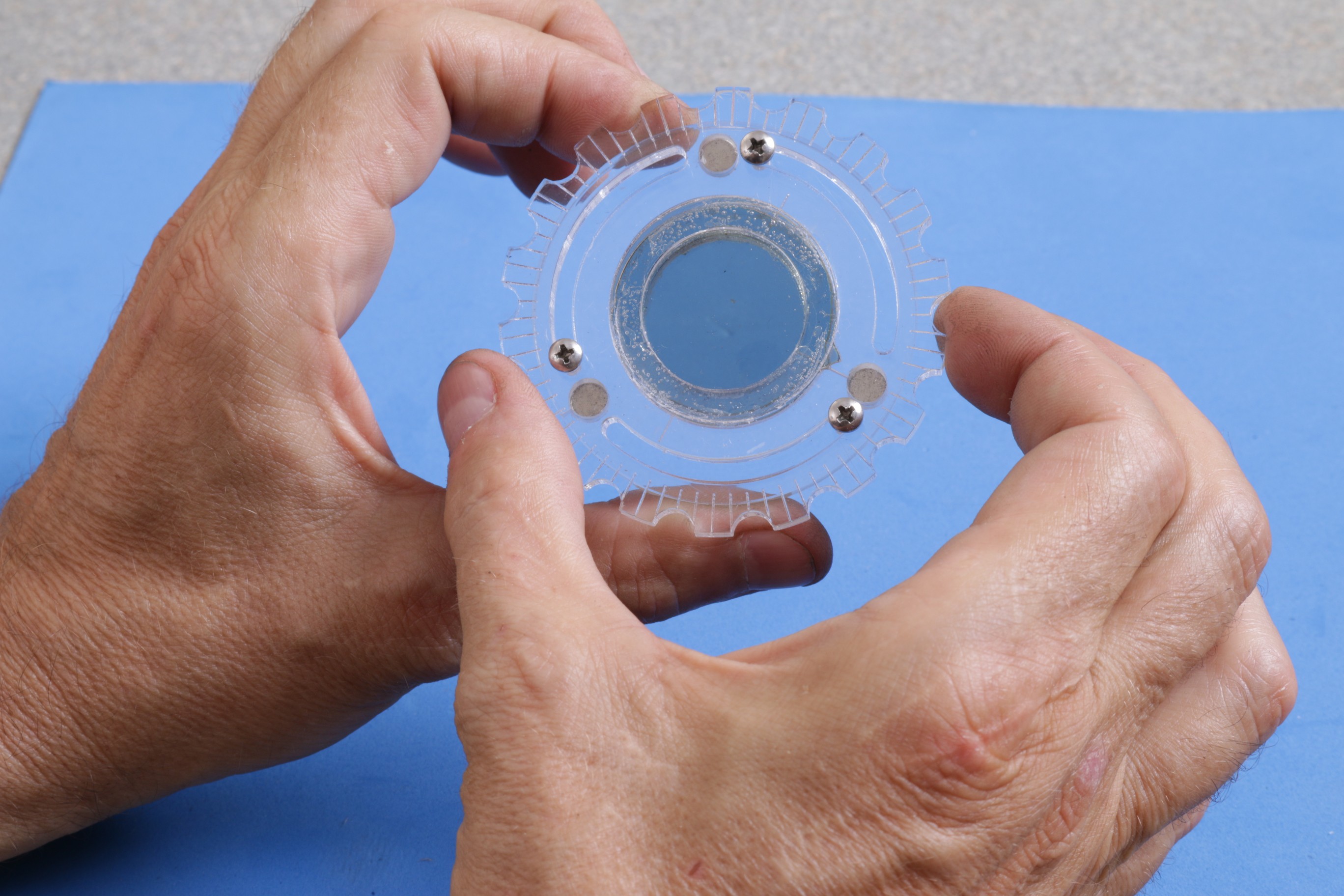
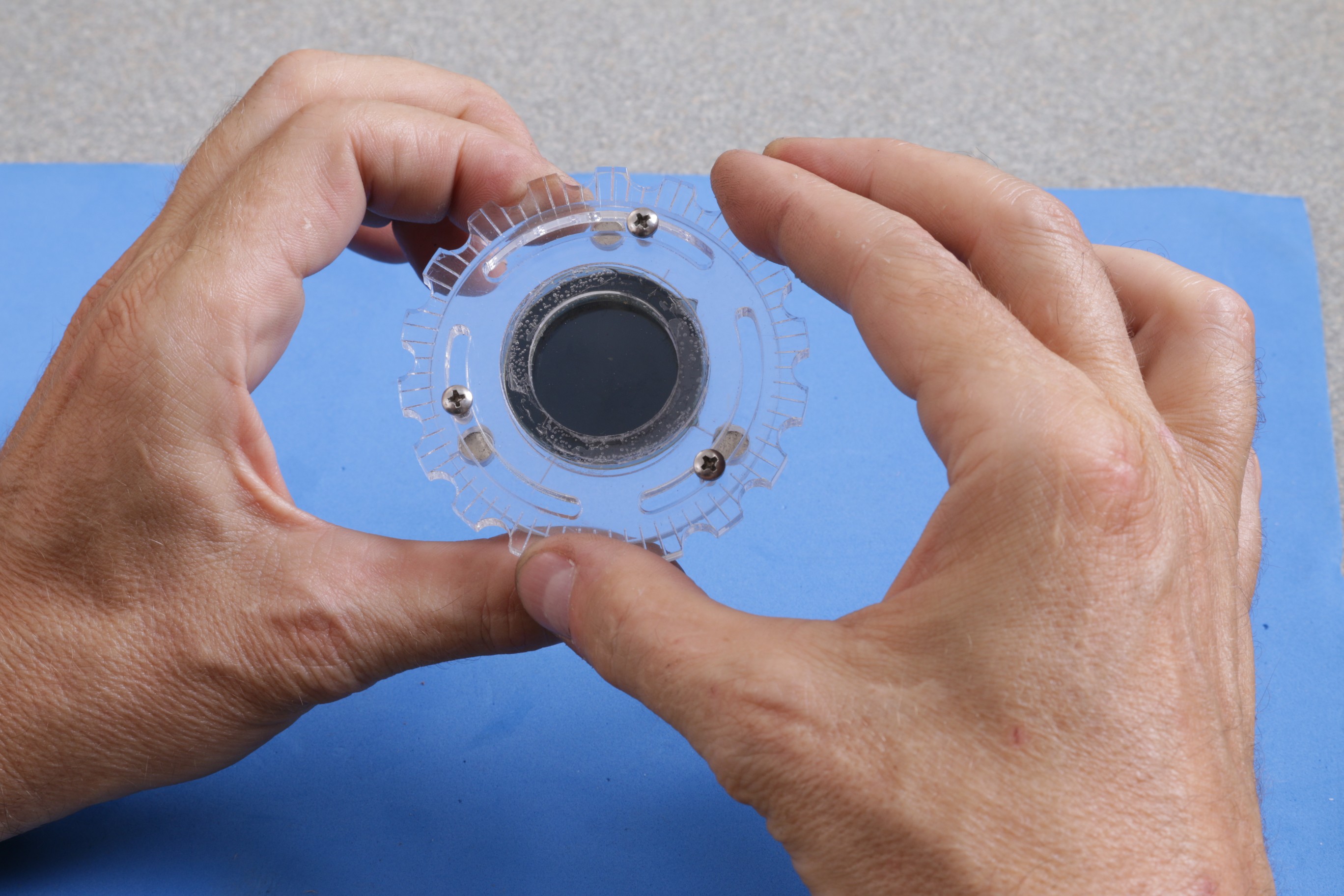
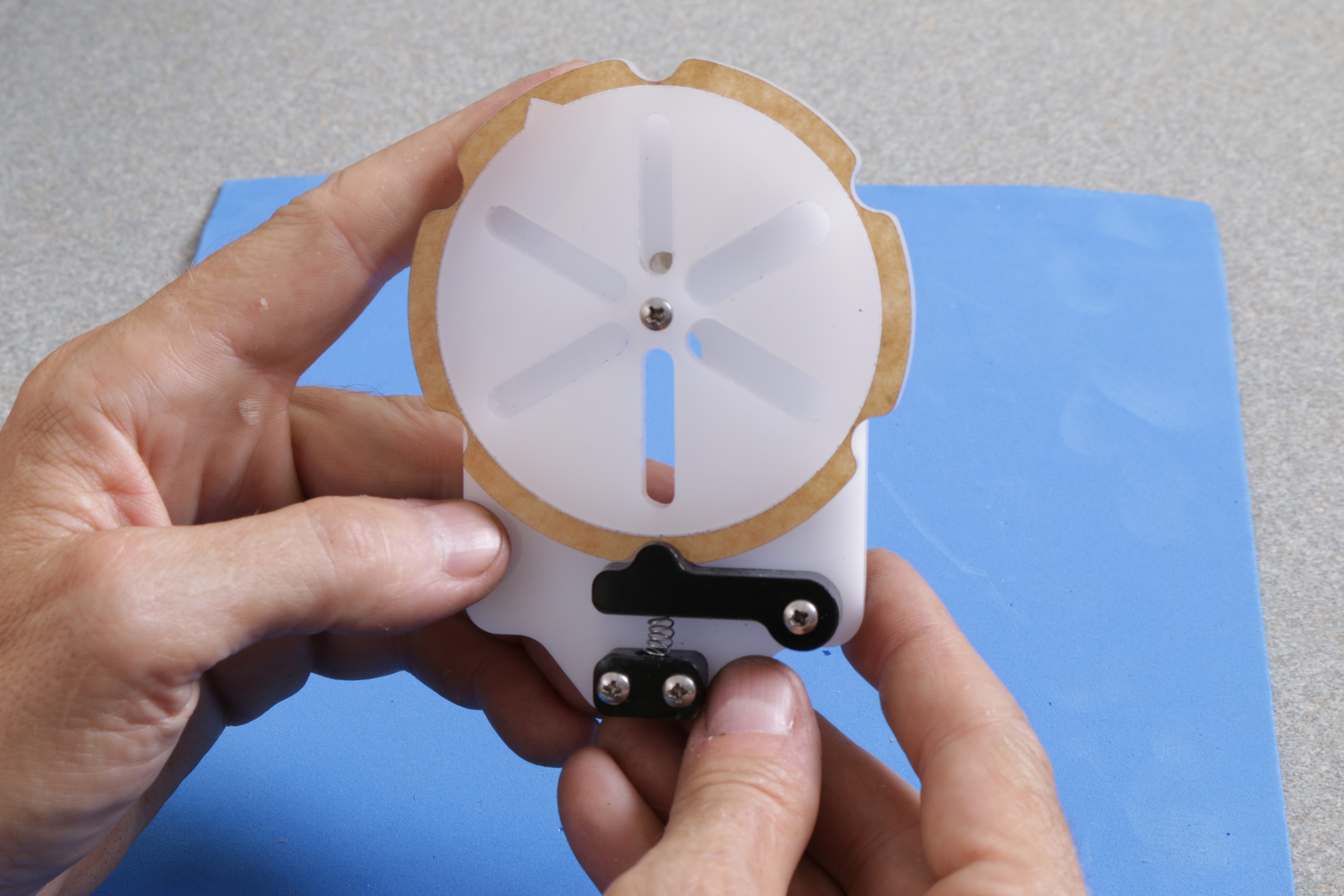
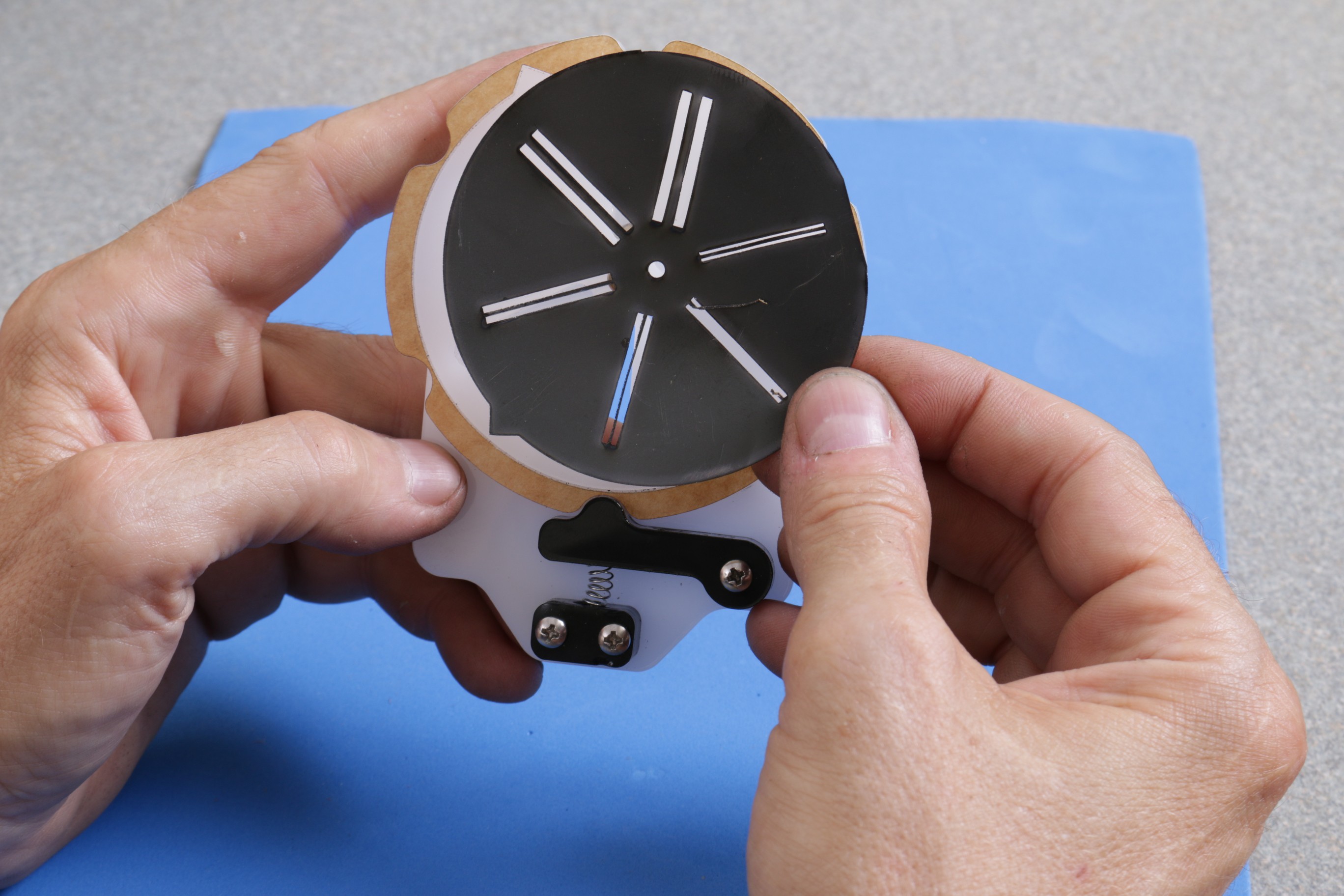
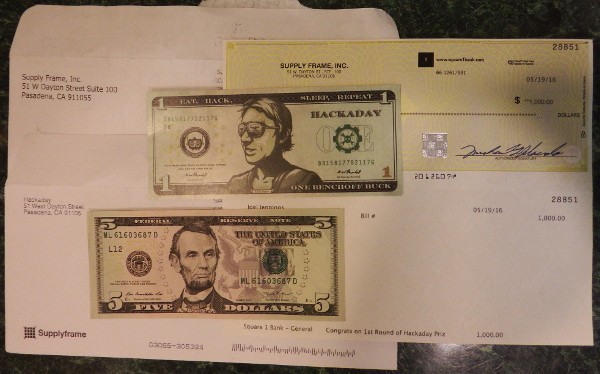
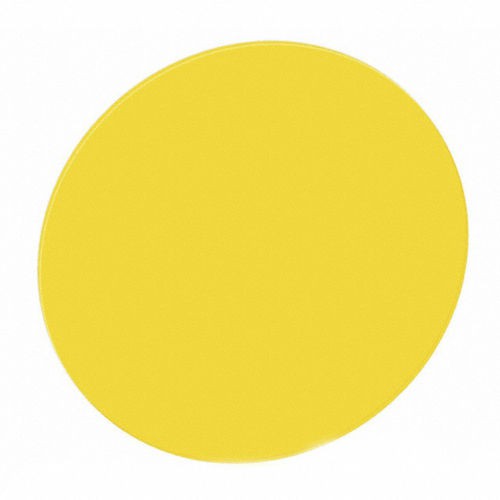
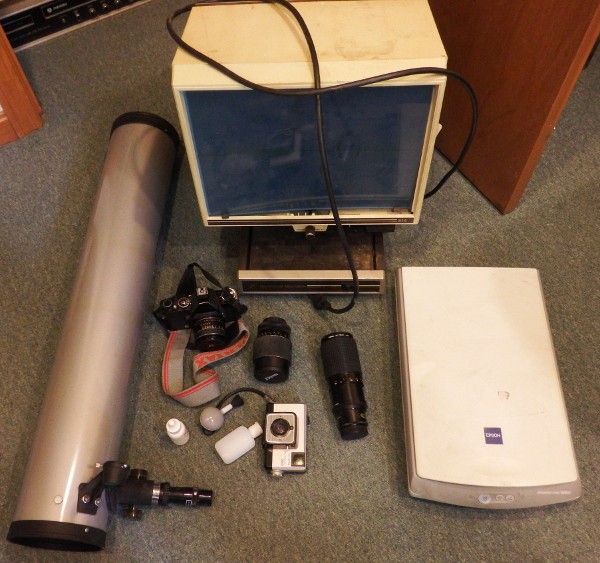





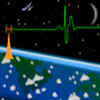
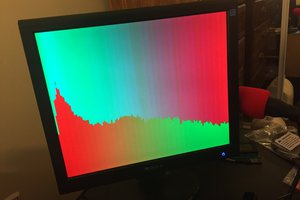
 andrew.powell
andrew.powell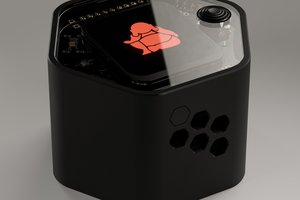
 eBender
eBender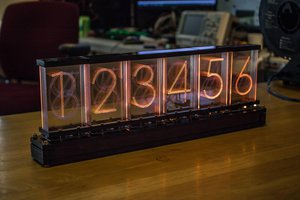
 Lixie Labs
Lixie Labs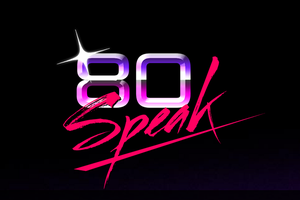
Looks a lot like ramanPi when it first started............... https://hackaday.io/project/1279-ramanpi-raman-spectrometer/log/3108-3d-printed-parts-so-far I mentioned a while back that I'd like to turn that phase of the project into an optical lego set.... You beat me to it... ;) Congrats!